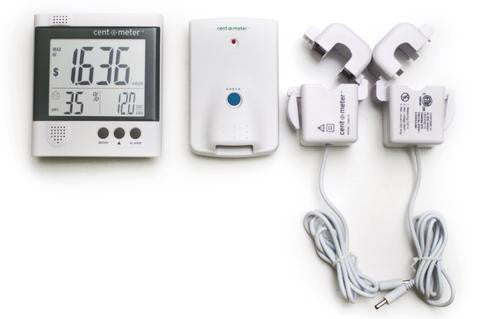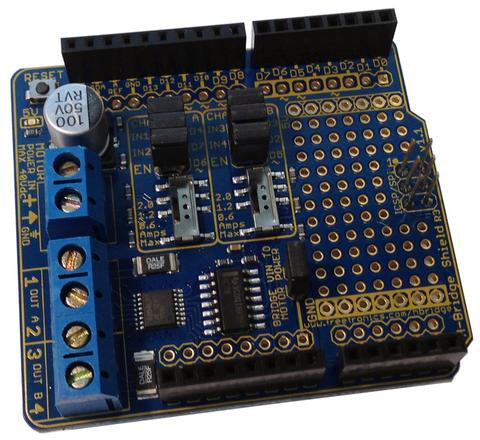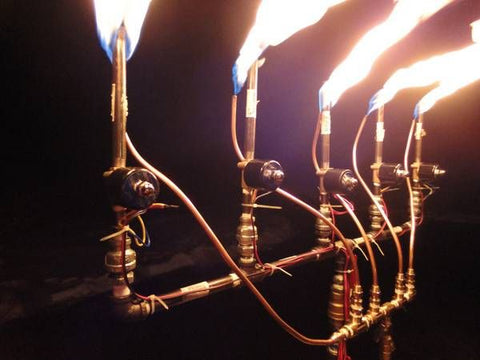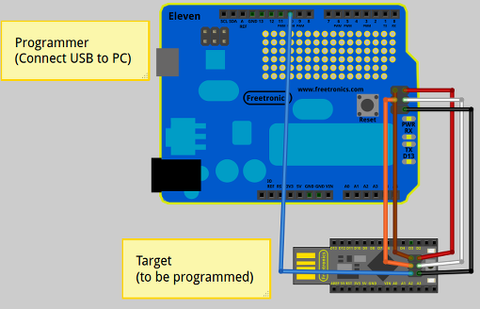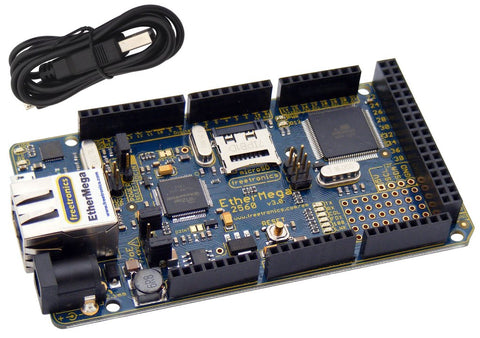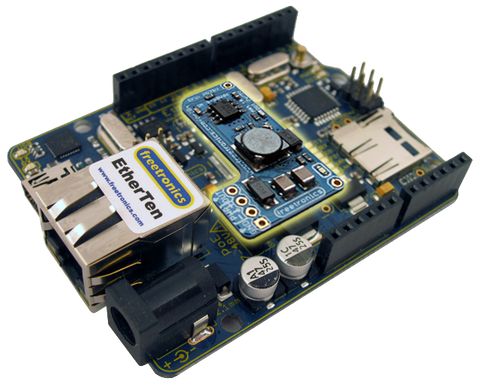At Freetronics we always love to see the amazing projects our customers create using our products. A few months ago we provided LOVOT LAB’s with a bunch of our N-MOSFET modules. We later found out that the modules were used to easily switch on and off a number of large, high powered LEDs for an art installation named “GRID I”. If this wasn't exciting enough, this project was located in South Korea!
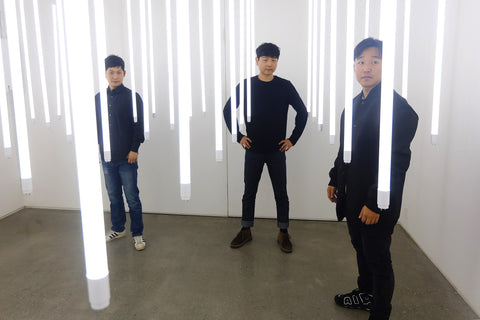
Fortunately, LOVOT LAB’s got back to us with some pictures and videos of the installation, the results are certainly spectacular! Don’t forget to checkout LOVOT LAB’s website to see more of the cool projects they have been working on.
Our Addressable Triple N-MOSFET driver / output module allow you to drive lots of different high powered loads using a single Arduino data pin. Effectively, our Addressable MOSFETs provide the same functionality as found in more common addressable LEDs such as our FreePixel, but can be used to drive any load you wish, not just an RGB LED. To find out more or to order visit the product page.

To keep up to date with the latest news, projects, product announcements and to let us know what you think of this project showcase follow us on Facebook and Twitter.







